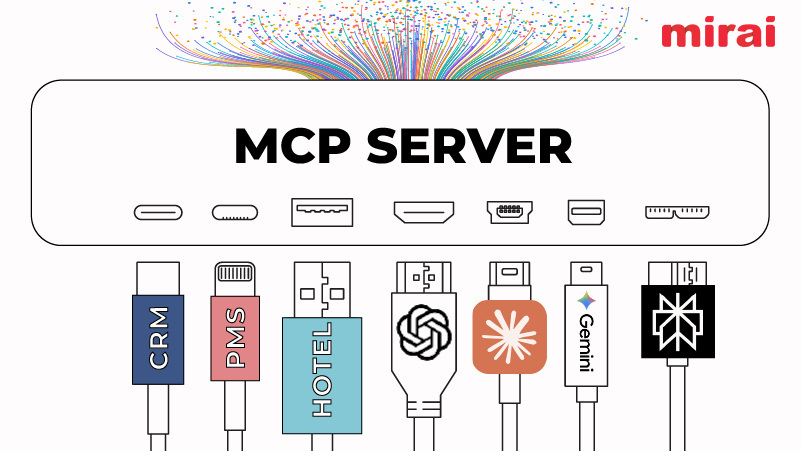Let’s face it: the hotel industry loves a good metric. We’ve got RevPAR, ADR, GOPPAR, TRevPAR, NRevPAR, and about a dozen others. But here’s the thing- not all metrics are created equal.
NB: This is an article from Topline Revenue, one of our Expert Partners
Subscribe to our weekly newsletter and stay up to date
We’ve seen our fair share of hotels obsessing over the wrong numbers. Some are critical for your revenue strategy, while others are simply distractions hidden in fancy charts and graphs.
So, let’s cut through the noise and talk about the metrics that actually matter (and the ones you can safely ignore). Spoiler alert: RevPAR is great, but it’s not the only number you should be obsessing over.
The Metrics That Actually Matter
1. Gross Operating Profit Per Available Room (GOPPAR)
GOPPAR = Gross Operating Profit (GOP) / Total Available Rooms (TAR)
RevPAR may get all the attention, but GOPPAR is the one working quietly in the background to keep things running efficiently. It tells you how much profit you’re actually making per available room after all those operating expenses.
Why it matters: It’s the ultimate measure of your hotel’s financial health. If your GOPPAR is growing, you’re doing something right. If it’s not, well… it’s time to rethink your strategy.
Pro Tip: Don’t just track GOPPAR—benchmark it against your comp set. If your GOPPAR is lagging while your RevPAR is soaring, you might be winning the battle but losing the war.
2. Revenue Per Available Room (RevPAR)
Yes, RevPAR is still important—just not the only thing that matters. It gives you a snapshot of how well you’re filling rooms and at what price. Think of it as the pulse check of your revenue strategy.
Why it matters: It’s a quick way to gauge performance, especially when comparing against competitors. But remember, it doesn’t account for costs, so a high number doesn’t always mean your profitability is strong.
Pro Tip: Use RevPAR in conjunction with GOPPAR. If your RevPAR is up but your GOPPAR is down, you might be overpaying for distribution channels or neglecting cost control.
3. Average Daily Rate (ADR)
ADR answers the question, “How much are guests actually paying per room?” It’s a great indicator of your pricing strategy’s effectiveness.
Why it matters: If your ADR is rising, it means you’re successfully commanding higher rates. But if it’s stagnant or falling, it’s time to figure out why you’re undervaluing your rooms instead of charging what they’re worth.
Pro Tip: Don’t just look at ADR in isolation. Compare it to your comp set’s ADR to see if you’re leading or lagging in your market.
4. Net Revenue Per Available Room (NRevPAR)
NRevPAR = (Room Revenue – Distribution Costs) / Number of Available Rooms
NRevPAR is the version of RevPAR that factors in the expenses you can’t ignore (like those pesky OTA commissions) to give you a clearer picture of what’s actually hitting your bank account.
Why it matters: It helps you understand the true cost of your distribution channels. Because let’s be real, OTAs take a big chunk of your revenue, and it’s easy to overlook how much they’re costing you.
Pro Tip: If your NRevPAR is significantly lower than your RevPAR, it’s time to rethink your distribution strategy. Maybe it’s time to focus on driving direct bookings instead of relying on OTAs.
5. Direct Booking Percentage
This one’s for the marketers in the room. Your direct booking percentage tells you how many guests are booking directly through your website or phone, bypassing OTAs.
Why it matters: Higher direct bookings mean lower distribution costs and more control over the guest experience. Plus, it’s a great way to reduce your reliance on OTAs.
Pro Tip: Invest in your website and digital marketing. A user-friendly booking engine and a strong SEO strategy can work wonders for your direct booking percentage.





